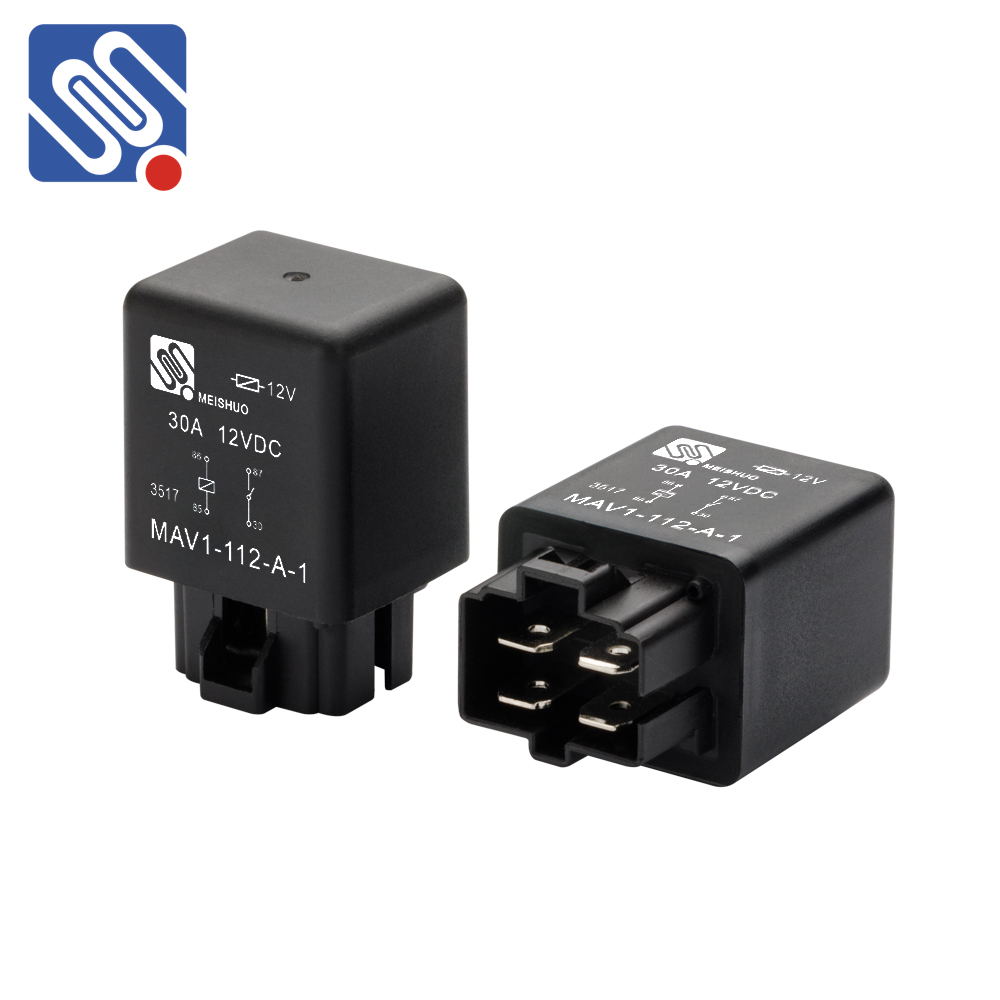relay specifications comparison: understanding key differences and applications
Release time:2025-04-20 00:40:51
Relays are essential components in various electrical and electronic systems, acting as electrically operated switches that control the flow of current in a circuit. They play a vital role in a wide range of industries, from automotive and telecommunications to industrial automation. When selecting a relay for a particular application, understanding the differences in relay specifications is crucial. In this article, we will compare several key relay specifications to help engineers and technicians make informed decisions when choosing the right relay for their needs.

1. Coil Voltage and Current Ratings
One of the first specifications to consider when comparing relays is the coil voltage and current ratings. The coil of a relay is responsible for generating the magnetic field that operates the switch mechanism. Coil voltage is the voltage required to energize the relay, while the current rating indicates how much current the coil will draw when activated.
Relays are available in a range of coil voltage options, including 5V, 12V, 24V, and 48V. It’s important to choose a relay with a coil voltage that matches the voltage level of the control circuit. If the coil voltage is too high or too low, the relay may not function correctly, potentially damaging the relay or the control circuit. Additionally, the coil current rating should be compatible with the power supply’s capacity.


